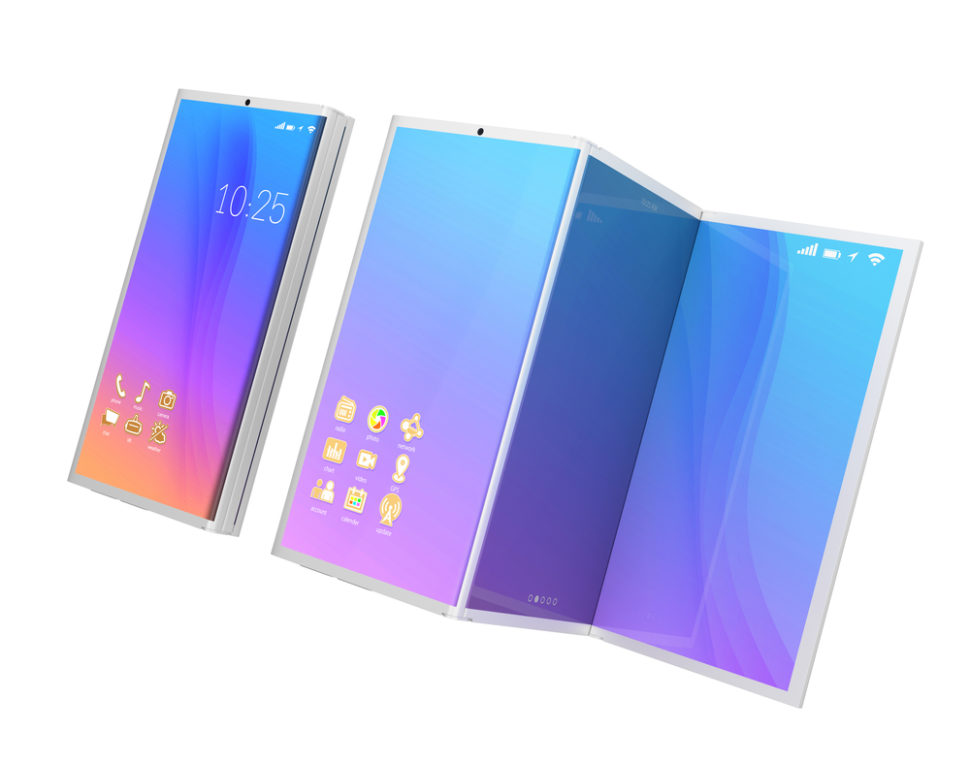Though some remain skeptical about the trend, tech companies continue to debut new foldable concepts. Of course, everyone has noticed Apple and Google’s respective absences from the field.
In stark contrast to how Samsung treated virtual assistants, they could redeem themselves here. What I mean by this involves Samsung’s ill-fated and poorly supported assistant Bixby.
Rivals like Apple and Google outperform Samsung in this realm. For once, Samsung has the upper hand instead. This means that selling their foldable tech concepts to one or both companies isn’t out of the question anymore.

Expanding the Market, One Sell at a Time
Having more foldable phones from which to choose wouldn’t be a bad thing. But the key lies in the screen technology used in the models. After all, a foldable phone can’t fold very well if the display doesn’t adapt naturally and consistently.
Our own correspondents have their doubts, having done a dive into how the Galaxy Fold could fly or flop. Despite such early development stages and concerns about the tech, everyone is on this foldables train now.
A note in ETNews detailed that Samsung gave samples to Google and Apple already. The presumed goal involves helping the companies design and launch their own devices faster.
Though it might seem counter-productive on Samsung’s part, this isn’t the first time they’ve helped a competitor. In fact, Samsung provides displays panels to Apple for its iPhone models. Moreover, Samsung may also be in talks with Oppo and Huawei regarding the tech, as well.
What Would a Foldable iPhone Look Like Anyway?
Steve Wozniak, a co-founder of Apple, told Bloomberg that he wants to see a foldable iPhone this year. Given that Apple has typically been an industry leader in innovative tech, it’s understandable as to why their laissez-faire attitude toward this next tech leap is worrisome.
Despite their tardiness, the tech company does have preliminary ideas about foldable tech.
An application to the U.S. Patent and Trademark Office involves tackling a heat issue with foldable phones with pixels. The method involves selective heating in overlapping sections near the bend axis.
“The portion of the display that overlaps the bend axis may be self-heated by illuminating pixels in the portion of the display that overlap the bend axis or may be heated using a heating element or other heating structure that provides heat to the portion of the display overlapping the bend axis.”
Unfortunately, this patent information does not hint at much regarding design. But if rivals like the Xiaomi device are any indication, there won’t be much deviation from competitors.



















Comments (0)
Most Recent